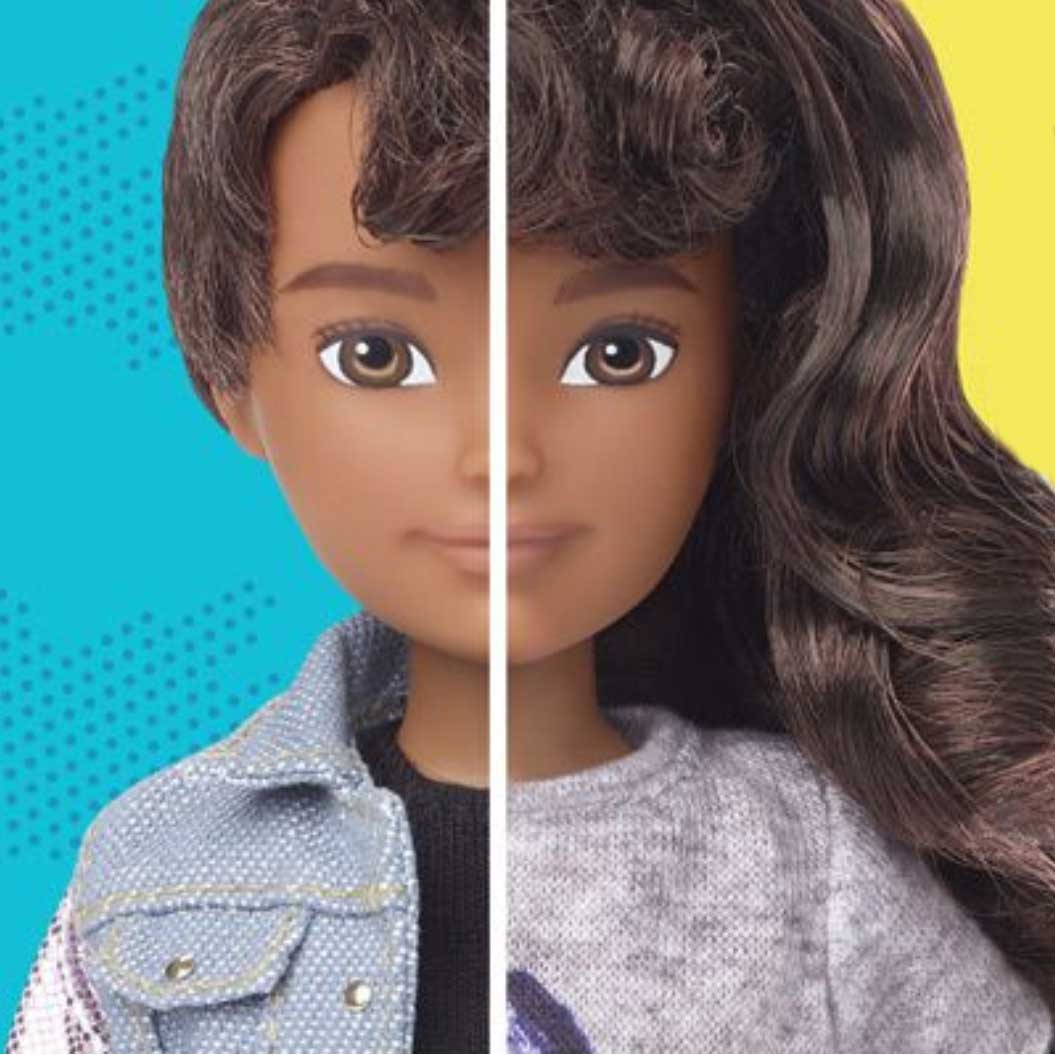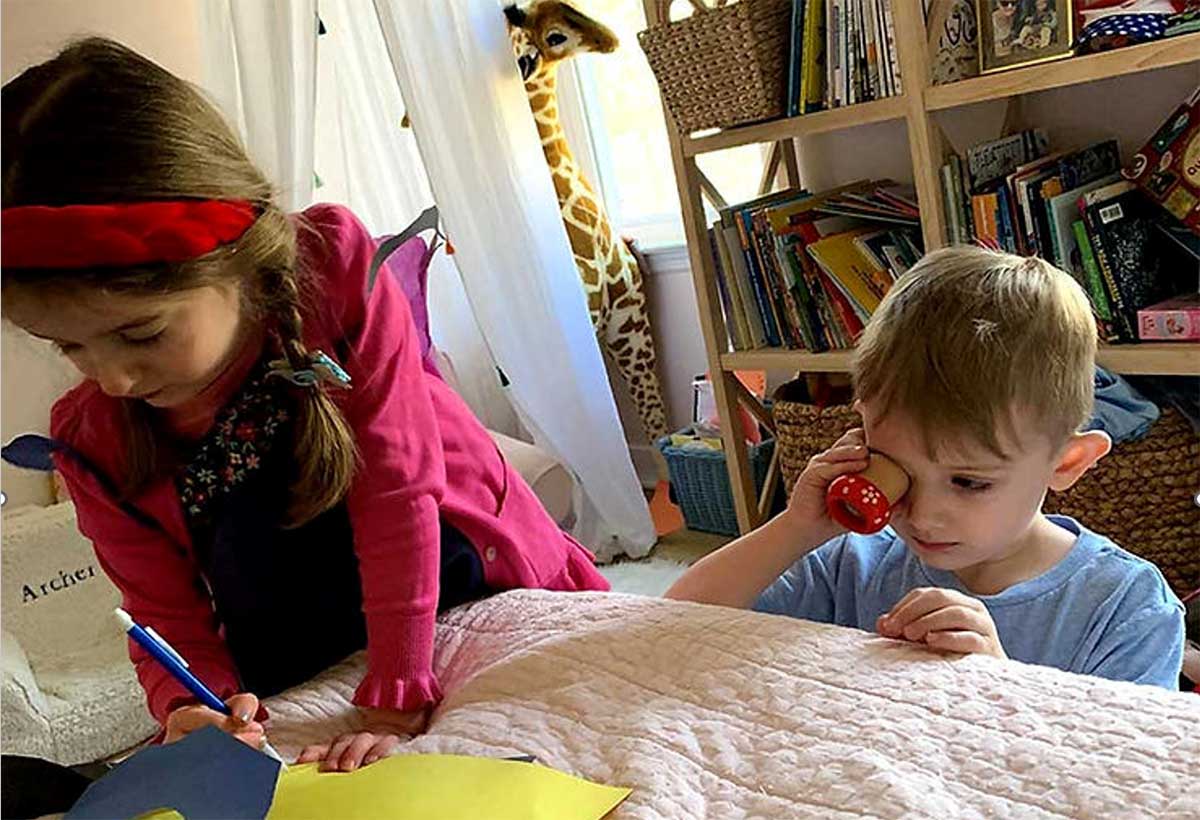My parents meant well, as most parents do; but they had grown up in an era of rigid racial, ethnic and gender stereotypes. Although they were never overtly unkind to people who didn’t fit into the narrow guardrails that lined the sheltered avenues they traveled, I was raised hearing the whispered qualifier, “well, she’s Jewish, you know,” and euphemisms such as “he’s a little light on his toes.” Going away to college and grad school, and then living in New York, all opened my mind by exposing me to a world that wasn’t just made up of people who looked and thought like me. Nevertheless, misconceptions from childhood followed me for a long time.
So when, as a toddler, my oldest son coveted his sister’s Barbie dolls, I was flummoxed. Was this normal, I worried. Sometimes we’d be playing with another family and there’d be a snicker or two when he was the first one to the dress-up box. Hell, even I giggled taking video of him pulling on his sister’s tutu over his firefighter costume one Halloween when he was three or four.
I’ve come a long way since then, and society has started to as well. That doesn’t mean my three queer kids haven’t each experienced cruelty and bullying by people of all ages. While I couldn’t protect them from most of those experiences, I could make sure that they were unconditionally loved and accepted in their home. And now I can make sure that every individual I meet learns something about gender identity, gender expression, sexual orientation and about the importance of supporting LGBTQ kids.
Even after my kids came out, I still obsessed with determining which labels to use. Are you gay? Bi? Trans? While I grew accustomed to gender non-conforming, I still didn’t quite get non-binary. But I’ve been trying to fight this dependence on labels, and on having people assigned to a specific box. Reading, listening, observing, asking. Resisting a rush to judgment. Practicing using “they” instead of “he” or “she”. Reconsidering the term “queer” and supporting its reclamation.
Twenty-five years ago, I cursed Mattel for the message Barbie’s unrealistic body image sent to my daughter, and for the stereotype that playing with it created about my son. These days though, I am applauding Mattel’s new gender-neutral doll. Just as the introduction of African-American and Latina Barbie in 1980 finally gave children of color a doll with which they could identify, the gender-neutral dolls will be the first to fill a void that exists for a growing population of kids who identify as non-binary or gender-fluid. These new options not only benefit gender non-conforming children, they also create space for all kids to see people in a more open way. Perhaps a child loving a doll who is different from they are will nurture a deeper acceptance of people who are different than them, too.
It’s time for all of us to open our eyes and see that the world is changing and I believe a celebration is in order! To every child who has wondered where they fit in, here is a potent sign of inclusivity. Yes, you do belong.





